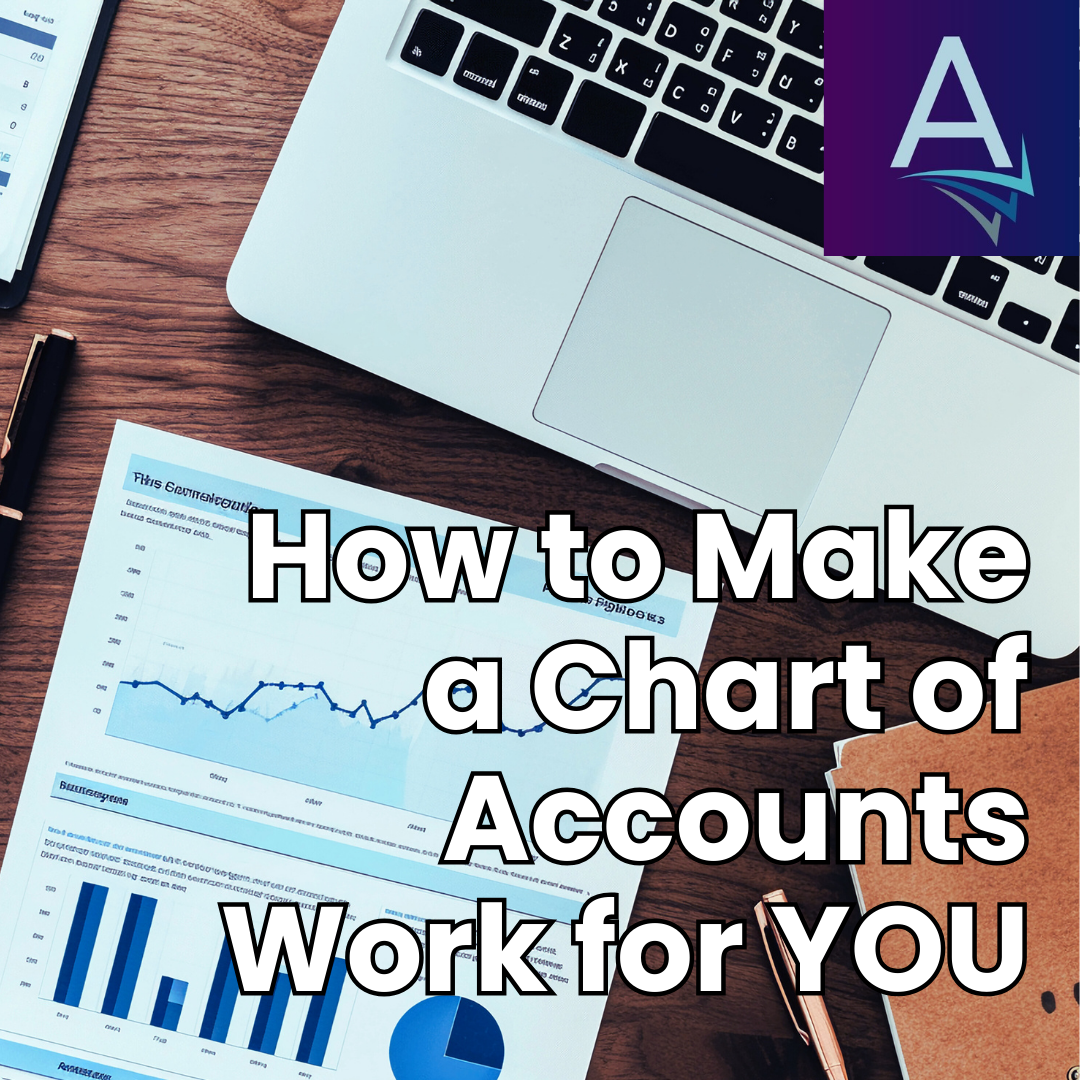In this post we’ll learn how a chart of account works. A chart of accounts is a list of categories that every transaction fits into. If we’ve done our job right, there should be a category for every type of transaction. At the same time, the same type of transaction should not have two different categories.

The chart of accounts is a system. It helps us know whether a transaction is an Asset, Loss, Expense (which debit up) or a Liability, Gain, Or Owner’s Equity, (which credit up). By properly categorizing an expense in the chart of accounts, we will know the accurate situation of the business. Accounting on paper requires you to know the double-entry bookkeeping system, but software does it automatically. If you took accounting 101 in college and have PTSD from it, I understand. I did too until I realized I’m helping people find the truth, which is the most important thing in the world.
A Chart of Accounts is not a Bank Account
Don’t let the word ‘account’ in chart of accounts trip you up. You will not see a business have 100 different bank accounts with these names. The chart of accounts are only categories of transactions that you label in your accounting system. You can have all of these categories using only one bank account.
The chart of accounts also helps you easily find similar transactions. For instance, say you want to find every time you paid your utility bill, you can go to Utilities expense and see it. That way if a company says you haven’t paid something, you can find the transaction amount and confirm or deny it.
How to make it work for you?
Just place every transaction in the right Asset/Liability/Equity/Expense/Gain classifications, and don’t split the same type of expense across multiple categories. Most business owners will either use 2-3 different categories for, say, buying supplies, and they can’t find transaction records. Or they’ll label something a liability instead of an expense, which messes up the double-entry bookkeeping system. Because they don’t know how a chart of account works (or is supposed to work) it creates problems for them.
This is why a bookkeeper can save you a lot of time. If you messed it up a lot and just don’t want to spend time on it again, or if you don’t want to do this alone, your bookkeeper is worth their weight in gold. Well, I’m kind of big, so maybe silver. Anyway, to have me evaluate your books and consult for free on how I can help you with your bookkeeping, schedule a call. Or contact me here.

